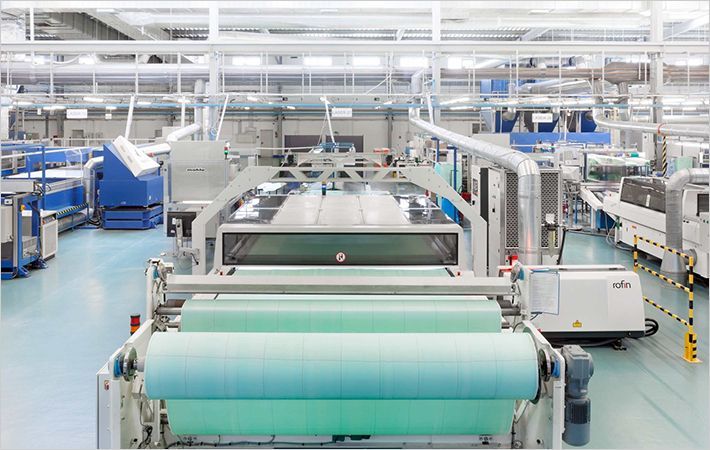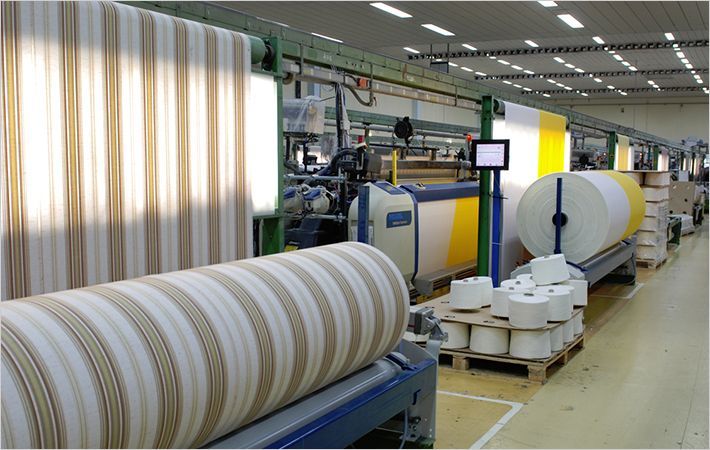BASF, the world's largest chemical producer is substantially expanding the scope of its research and development (R&D) capabilities in Asia Pacific, with a series of initiatives to bring innovation closer to customers in the region. Overall, BASF aims to locate around a quarter of its global R&D activities in Asia Pacific, the German company said in a press release.
The second phase of the BASF Innovation Campus Asia Pacific involving a 90 million euro expansion located at BASF's Greater China headquarters in Pudong, Shanghai, was inaugurated this week.BASF, the world's largest chemical producer is substantially expanding the scope of its research and development (R&D) capabilities in #
“The Innovation Campus is BASF's largest R&D center in the region and an important location in BASF's global research and development network. The expansion will boost our power to innovate in Asia Pacific for Asia Pacific – and the world,” said Dr. Martin Brudermüller, Vice Chairman of the Board of Executive Directors and Chief Technology Officer, BASF. Focusing primarily on advanced materials and systems, the expansion adds new areas such as formulations and chemical processes and engineering.
With close proximity to the vibrant R&D community in China and in Asia Pacific, BASF's Pudong site comprises R&D, production and marketing functions, serving as an integrated platform to co-create innovations and applications together with customers in the region.
“The new facilities will enable BASF to better serve growth industries such as automotive, construction, health and nutrition, and home and personal care in the region”, said Sanjeev Gandhi, member of BASF's Board of Executive Directors and responsible for the region Asia Pacific. “As part of the expansion, a design center will be established to combine diverse competencies in the area of design-related materials and services, supporting active customer collaboration in this region.”
Researchers at the Innovation Campus are already bringing new applications to the region that serve the needs of local markets. One example is new utility poles developed at the site, made with BASF's polyurethane system Elastolit together with local customers. Based on filament winding technology, the utility poles are at least 2.5 times more wind-resistant than concrete utility poles, but weigh only 250 kg each, about one fourth the weight of concrete poles. In 2014, when typhoon Rammasun hit Guangdong province, they proved their superior wind resistance when more than 70,000 concrete and metal utility poles were destroyed while the polyurethane poles remained standing.
Innovations are an essential pillar in BASF's “We create chemistry” strategy. To be successful in the global market, it is important to have a strong presence in key regions. In order to expand BASF's research footprint in Asia Pacific, the headquarters of Advanced Materials & Systems Research, as one of three global research platforms, will be established in Shanghai at the Innovation Campus, effective January 1, 2016. With that move, its President, Dr. Harald Lauke, will also assume responsibility as Regional Research Representative for Asia Pacific, BASF, the release said.

